Creative but don’t want to study much for becoming a textile designer? Vicky Malhotra, a textile designer & wholesaler with over 30 years of experience, discusses everything from scope to pros & cons to daily work life in the textile design career path.
1. Textile Design Career Path: What Does a Textile Designer Do?
If you are creative minded and a divergent thinker then you can do wonders in this stream. The field of textile design enables you to apply your artistic talents in demonstration of fabric construction, the general development of textile designs, and the production of fabric designs that are specifically suitable for use in furnishings, apparel, and accessories uniquely developed by you.
So basically, textile designers create and apply wide range of fabric embellishments and manipulation techniques to create their personal designs that can be liked by all and giving competition to others. Hence there is no option for one way thinking (convergent). Instead, this filed requires thinking in many ways with different aspects is the key to success in this field.
Contents: Jump to Section
1.2 Social Image
1.3 Reasons to Become a Textile Designer
2.2 Physical Demands
2.3 Psychological Demands
3.2 Related Hobbies to Take Up
3.3 Related Movies/ TV Shows
3.4 Related Fiction to Read/ Novels
4.2 Traveling Required
4.3 Average Workday/What to Expect
5.2 Threats from Automation
5.3 Common Reasons for People to Quit
1.1 Industry/Sector
Industrial sector and consumer goods sector
Textile industries are of three types – textile mills, textile product mills, and apparel manufacturing. Textile mills are the base industry to produce input for successful outputs from the other two industries. Textile mills provide the raw material to make apparel and textile products. They take natural and synthetic materials, such as cotton and polyester, and transform them into fiber, yarn, and thread.
Textile product mills convert raw textiles into finished products other than apparel. Some of the items made in this sector include household items, such as carpets and rugs, towels, curtains and sheets, cord and twine, furniture and automotive upholstery, and industrial belts and fire hoses.
The apparel manufacturing industry transforms fabrics produced by textile manufacturers into clothing and accessories. The apparel industry traditionally consist mostly of production workers who perform the cutting and sewing functions in an assembly line. This industry remains labor-intensive, despite advances in technology and workplace practices.
In the textile design career path, you can develop and set up your own textile industry. There, you can originally work with your ideas and manipulations of fabrics and designs. Where else you can also work as a textile designer for an industry, where you need to work with the limitations and needs of the company.
If you are a creative person with good business acumen, the approach for your own industry is more beneficial as it will be your original and unique standards of styling, designing, and creations. Decide which industry suits your skills best. Being a textile designer you will deal as a wholesaler as you produce in quantity with so much manpower and expenses, so you are paid back with profit from your outputs.
1.2 Social Image
Perfectionist, updated and creative
A textile designer needs to be updated with all kinds of trends whether they are block printing, digital printing, or others. Having perfection and finishing in all outputs with unique creativity will make you different from others. A textile designer is an essential requirement for the home interior to apparel designing. They deal on digital platforms for reaching people directly or contact the retailers and middlemen for reaching out to millions.
1.3 Reasons to Become a Textile Designer
Textile design career path though requires a lot of input and investment, but also produces great benefits from the outputs. This stream makes you play with trends, changes, and creativity. It gives you the power for developing your thoughts and applying them practically while earning money with that creativity shown in your outputs at the same time. You get a lot of name, fame and respect in this stream, with respect. Your career absolutely depends on your creativity level and creation power and not on availability in the market. You became trendsetter and trend changer.
2. What It Takes to Be a Textile Designer
2.1 Personality Traits Required/ Preferred
Creativity, optimism, patience, confidence, leadership, bold, passion, hard-working, accepting criticism
The most important characteristics you require for being a textile designer require a creative mind, optimism, and confidence on yourself. You need to be very bold and open-minded to show your designing skills. You need to be optimistic about accepting criticism. You should be a divergent thinker and explore each and every aspect of raw ideas coming in your mind and even in other’s mind.
2.2 Physical Demands
Labor intensive & long working hours.
Although textile design career path is all about creativity and designing, but it will take long hours for brainstorming your ideas with the new trends as well as the application for production. It is a very labor-intensive field as you will require a lot of hard work for production and manufacturing.
2.3 Psychological Demands in the Textile Design Career Path
Accepting criticism & mental pressure to analyze and even create new trends.
Creativity is a very important aspect in textile designing but matching that creativity and passion with new trends becomes difficult sometimes. Give space to your mind, and try to relax for a while but don’t give up. Keep trying hard. Sometimes your creations will not be liked by all, and you will face critics. Take them positively as they will tell you your imperfections and you can develop more flawless work and shut them up!
3. How to Build Interest in a Career in Textile Designing
3.1 Extra-Curricular Activities Recommended
Drawing & sketching, practice color combinations, knowledge of clothes
In school and college, you can go for early-stage drawing and sketching practice to develop interest in the textile design career path. Knowledge of color combinations and clothes can help you for better creations once you reach the level of understanding textile designing. Having knowledge of color combination can develop a sense of color mixing and matching. Fabric knowledge beforehand helps to differentiate between different types of clothes and easily match them up with designing.
3.2 Related Hobbies to Take Up
Painting, drawing, stitching, following trends.
Work with your painting and drawing skills. Learn for stitching and follow up on the latest trends. Involve in brainstorming and create whatever you feel.
3.3 Related Movies/ TV Shows
The Promised Land
3.4 Related Books to Read
Jacqueline Grog: Textile & Pattern Design
4. Life as a Textile Designer
4.1 Part-Time Options
No, you have to give your full time.
This field is time-consuming in every way from thinking new ideas to creation to production and market establishment. Hence, there is no chance to do part-time work in the textile design career path, you have to give full time for good results. To increase your knowledge in your free time by reading about the famous textile designer and their journey, which can help you in guiding your textile design career path.
4.2 Traveling Required
Sometimes you need to travel to different markets like Jaipur, Gujarat, Ahmedabad, and more for market research and understand new trends. You also need to travel to different exhibitions or workshops where you can display your designs to people. Basically traveling in this field is for marketing and research purpose.
4.3 Average Workday/ What to Expect in the Textile Design Career Path
Work for 5 days a week but your mind can think anytime for new ideas, mostly when you are relaxing and in a chill mood. Hence your mind in this field works 365 days, but you can apply your ideas during the days you choose to work. Work 10-6 or 9-5, you can’t stop your mind from creating new ideas and designs.
5. Future of the Textile Design Career Path
5.1 Retirement Prospects
Work till you want to work. With age, most textile designers are able to give fewer hours. But make sure that you work so hard during your young age that you can relax during retirement.
5.2 Threats from Automation
It is difficult for artificial intelligence to develop levels of creativity that can set new trends every season. So artificial intelligence will aid the process, but not replace it.
5.3 Common Reasons for People to Quit Textile Design Career Path
The most common reason to quit this profession is when someone is unable to deal with competition. Unique ideas take time, hence the process can give people self-doubt making them give up.. Stick to your mark and face all these challenges leading you to success.
.
Curated & Edited by Tania Malhotra (CareerNuts Staff)
Read next:
How to Become a Textile Designer in India: Courses, Salary, Qualification & More
The path of textile designing mixes creativity & smarts. From top colleges and degrees to jobs and salaries, here’s a complete guide on how to become a textile designer in India.

Vicky Malhotra is a Textile Designer and Wholesaler in designer wear with over 30 years of experience. He currently owns a wholesale business, Sat Shri Collections in Lajpat Nagar 4. Prior to this, he owned a textile product mill factory, specializing in block printing on fabrics. Originally from Delhi, Vicky is a graduate of commerce. He has a B.com from Delhi University, and in his free time, he enjoys drawing and sketching.
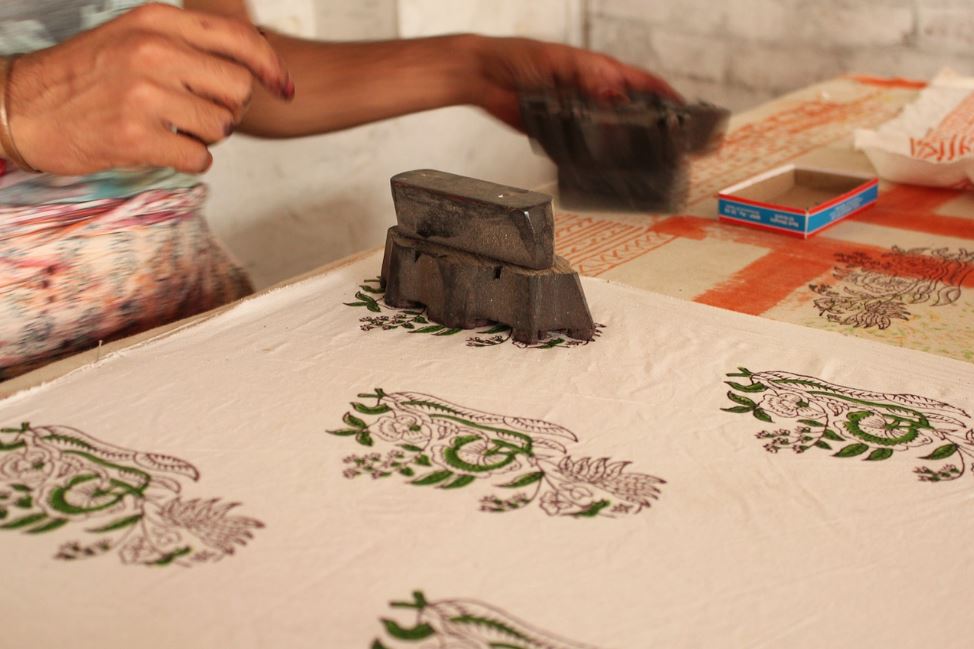

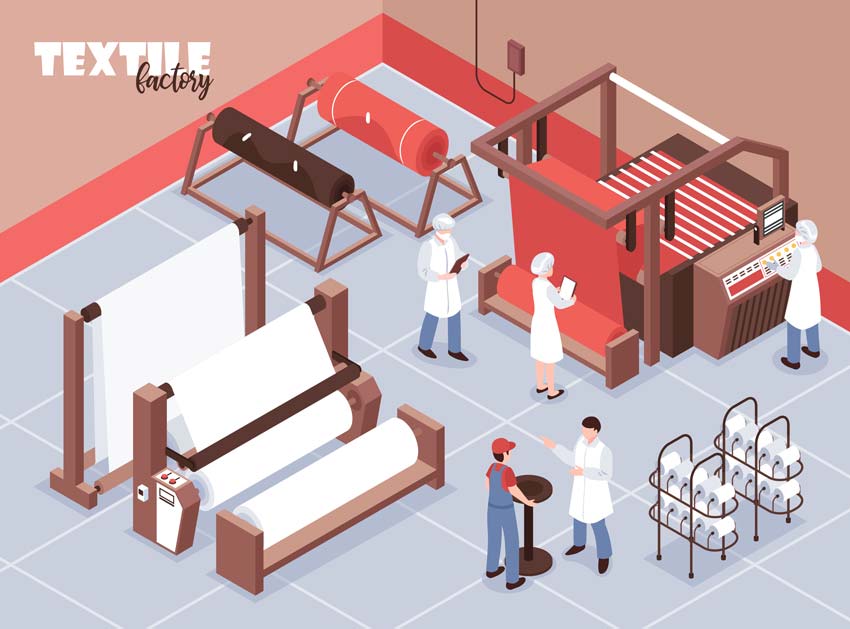
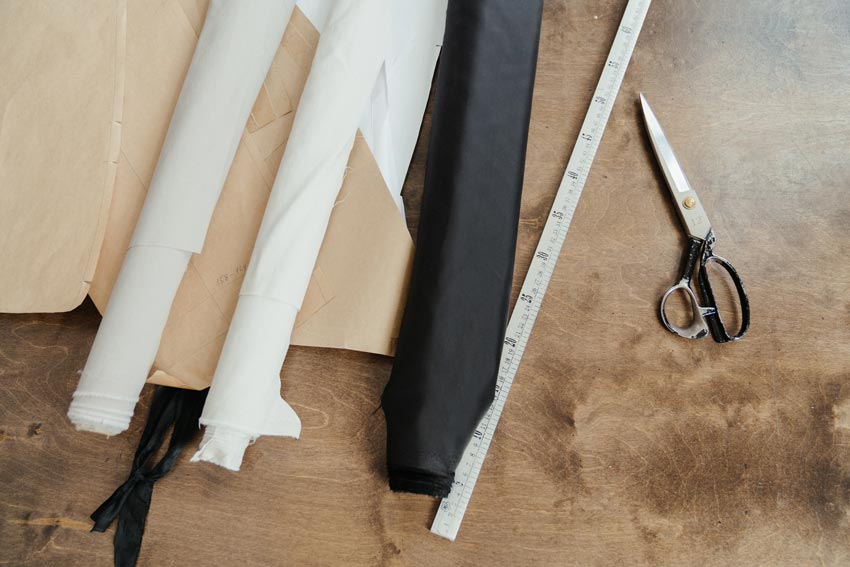
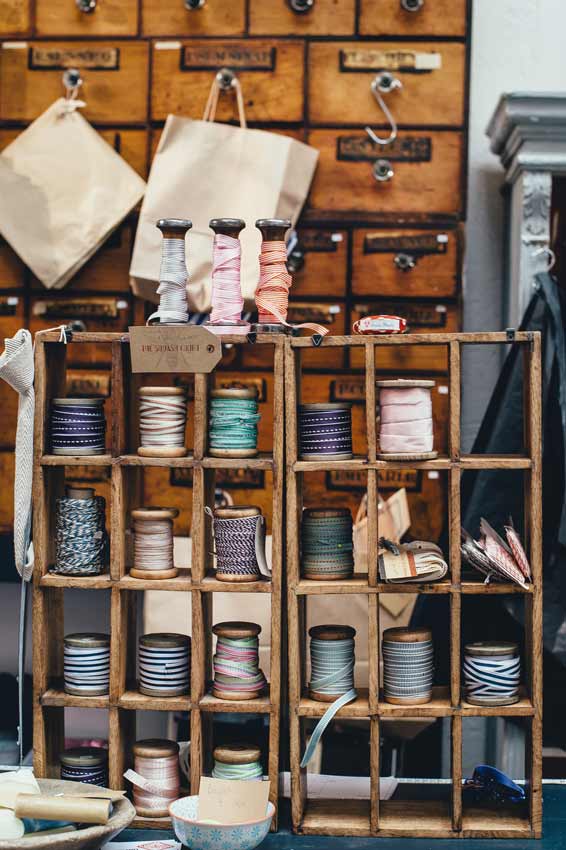
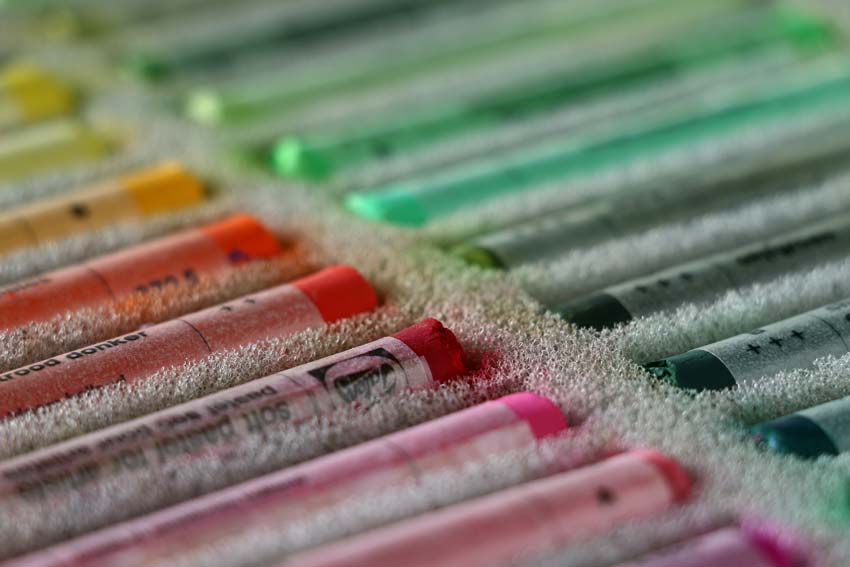
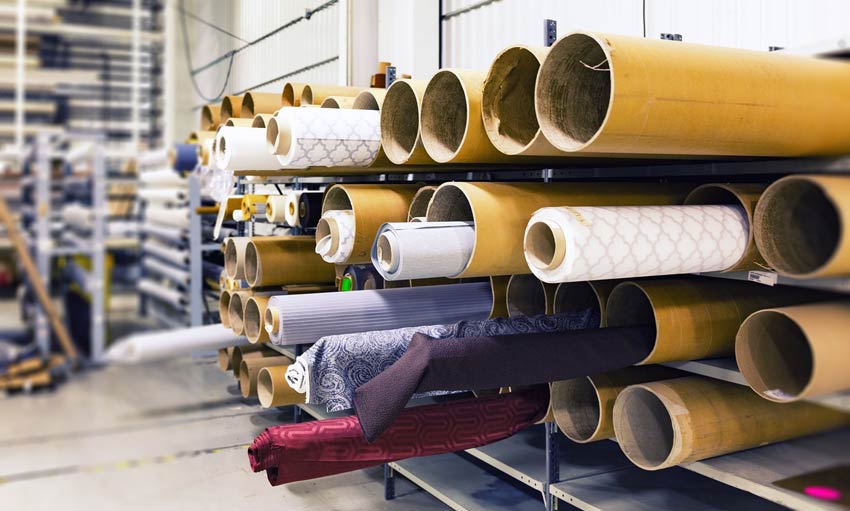
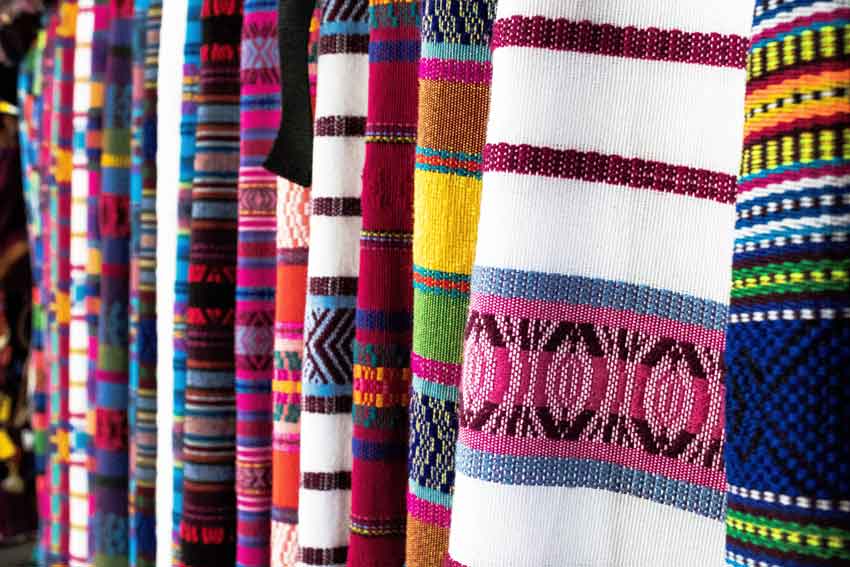
Wow, you seem so creative.
I am a textile designer. I really want to work abroad but I have no degree or diploma, just twenty years of experience.
Wow ! I really appreciate your hard work in writing about textile design career.